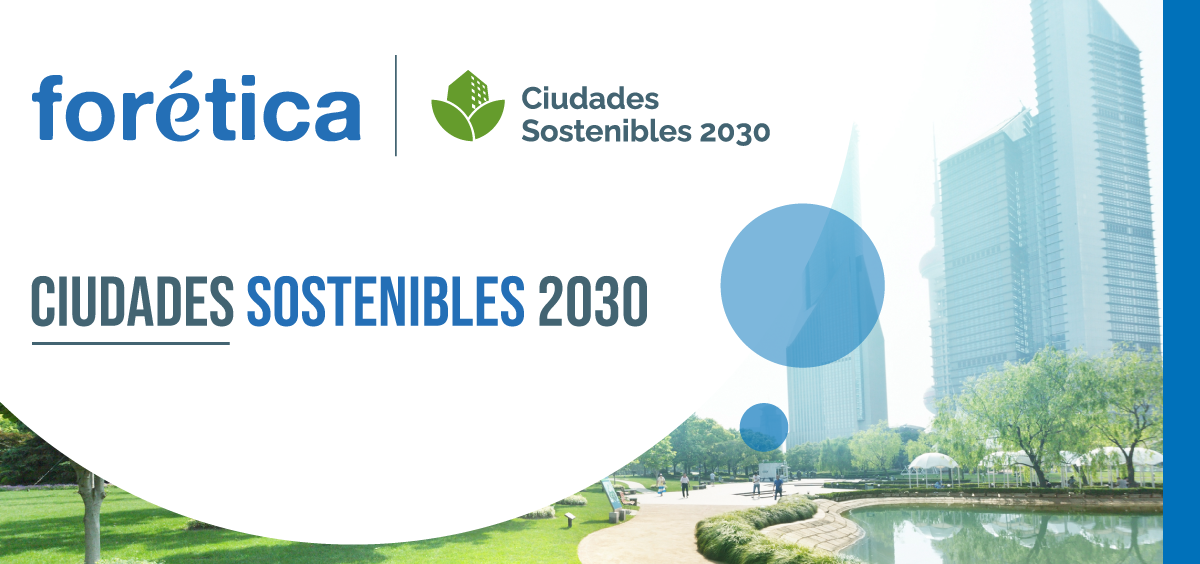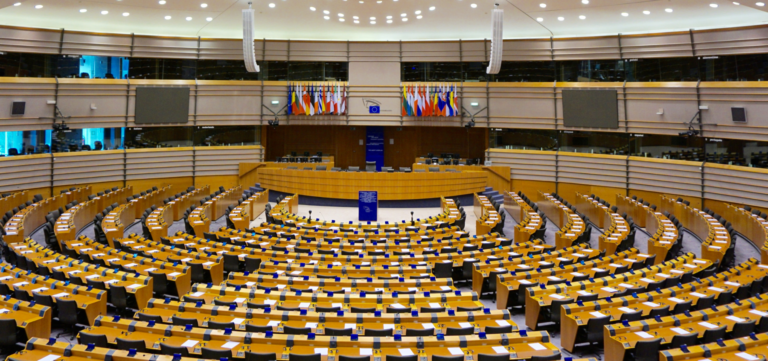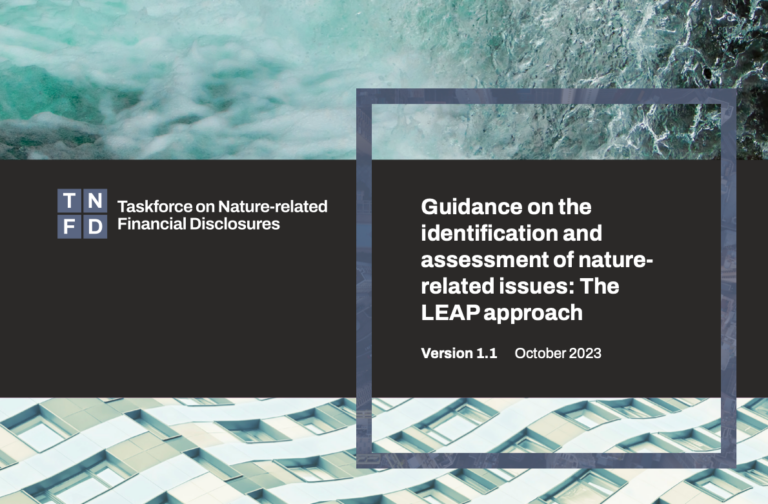Rehabilitation is an activity that has been included in successive housing plans since the one approved for the period 1984-1987. However, the sector's general interest in rehabilitation increased from 2018, with the European commitment to decarbonize buildings by 2050 and the aid in the form of subsidies that accompany this measure, and has skyrocketed this year with the approval of the Next Generation EU funds and the endowment provided to carry out these actions.
We have been able to confirm this interest in MWCC through the opinions expressed by the people who represent the more than 130 public and private entities that are part of it or who participate in the working groups.
One of these groups is dedicated exclusively to rehabilitation, and includes construction companies, engineering firms, architectural firms, research centers, financial institutions and groups of municipalities.
This description is important because it shows, on the one hand, the interest it arouses and, on the other, the heterogeneity of agents who wish and must participate in order to ensure that rehabilitation achieves its objectives.
The objectives pursued are different for each agent. For owners, improving habitability, bringing buildings into use, beautifying them and increasing their value. For public administrations, a reduction in energy consumption to achieve the commitment to decarbonization by 2050. For industrial companies and research centers, the development of new materials that are harmless to health, with a lower carbon footprint, greater durability, photovoltaic properties... For construction, engineering and architecture companies, access to a market that has yet to be exploited. For financial companies, the development and adaptation of their offer to customer needs. For the country, a better use of the territory, a lower environmental impact and a means to fight against climate change.
There is general optimism among agents regarding the European and Spanish strategies for decarbonization, but they are aware that a series of reforms and measures still need to be approved in order to have a clear and stable framework in which to act.
Currently, the retrofitting scenario presents various uncertainties that we believe will slow down activity until they are definitively clarified. MWCC experts have put forward, on the one hand, a series of problems that are slowing down retrofitting and, on the other hand, different technical proposals to achieve the objective of decarbonization of buildings. Among the former are:
- The tax exemption of subsidies granted for rehabilitation. Currently, these subsidies are considered a capital gain.
- The possibility of modifying the VAT applicable to rehabilitation from the reduced rate to the super-reduced rate.
- The possible amendment of the Horizontal Property Law in order to reduce the majority required in the Communities of Owners to approve the rehabilitation.
- Simplification of the application and permitting process.
- Promotion of the figure of the rehabilitation agent to carry out the entire process and the requirements that, if applicable, will be demanded of him/her.
- New financing formulas and possible tax breaks for housing rehabilitation.
Among the most relevant proposals, we can mention:
- Inclusion in the Spanish legal system of the figure of the Loan for the Activation of Ecological Capital (PACE) as a way to boost private financing and ensure the continuity of the activity beyond the Next Generation program.
- Use of building materials with a lower carbon footprint in combination with others and taking into account their life cycle.
- Use of state-of-the-art photovoltaic panels that enable the building's energy autonomy to achieve zero emissions.
- Training of qualified personnel with knowledge related to sustainability.
Rehabilitation requires the participation of a set of agents to be able to implement it with guarantees of achieving the decarbonization objective in 2050. This interaction will also be necessary if we are to be able to execute the €6.82 billion earmarked for "Housing rehabilitation and urban regeneration" included in Spain's Recovery and Resilience Plan.
It should be noted that, although private building seems to be the main target of this activity, the Spanish Government, through MITMA, called for an Expression of Interest aimed at drawing up a Program to Promote the Rehabilitation of Public Buildings in Autonomous Communities and Local Entities, which has enabled 3,152 proposals to be collected.
Rehabilitation is a multisectoral activity involving the training of experts through professional centers and colleges, architecture to design the entire project, construction to execute it, the industry to provide suitable materials, panels, elevators, etc., the energy sector to facilitate production, the legal and fiscal sector to provide management and advice, the financial sector to offer financing models, the certifying sector to guarantee the adequacy of the work carried out and, to close the ring and very importantly, the dissemination sector to inform and transmit the work and achievements, all of them, by the way, present in MWCC and in the working groups organized.
If we get it right, we can become a world reference in the rehabilitation of buildings and open up a market with enormous international growth potential for our companies.













Déjanos tu comentario